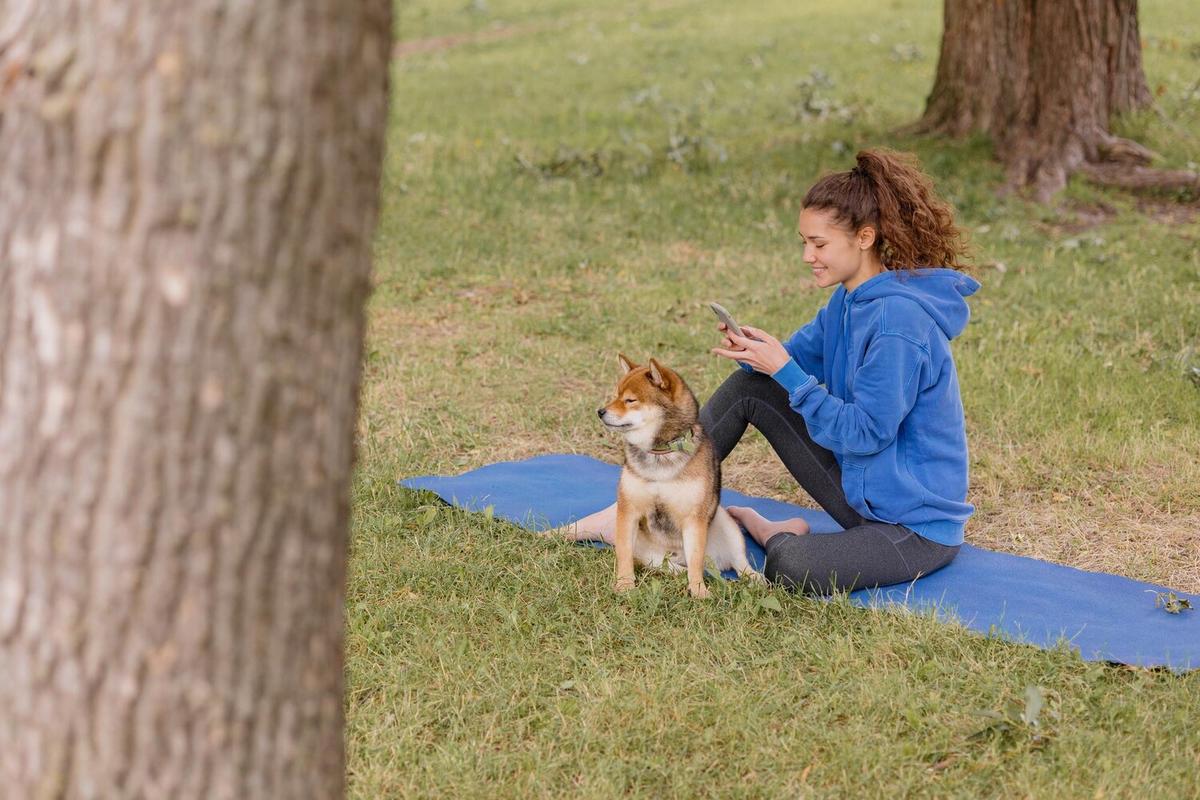
Effective Techniques for Training Your Puppy
Training a puppy can be both a delightful and challenging experience, often filled with moments that test your patience and reward your perseverance. Understanding effective techniques not only helps in raising a well-behaved dog but also strengthens the bond between you and your furry friend.
Understanding Puppy Behavior
Puppies, much like young children, are curious and eager to learn. They require guidance to understand acceptable behavior. According to canine behaviorists, early training is crucial as it sets the foundation for future learning and discipline.
Start with Basic Commands
Begin with simple commands such as ‘sit’, ‘stay’, and ‘come’. These commands are fundamental in ensuring your puppy learns to listen and respond appropriately. Consistency is key, so ensure that all family members use the same commands and signals.
Utilize Positive Reinforcement
Positive reinforcement is widely regarded as one of the most effective methods in dog training. This involves rewarding your puppy with treats or affection when they follow a command correctly. A study from the Journal of Veterinary Behavior suggests that positive reinforcement not only enhances learning but also improves the emotional well-being of dogs.
“The bond you build with your puppy through positive training is invaluable and lasts a lifetime,” explains Laura Rogers, a renowned dog trainer.
Incorporate Socialization
Socialization is an essential part of puppy training. Introducing your puppy to different environments, people, and other animals helps prevent behavioral problems in the future. Socialization should be done gradually and in a controlled manner to ensure your puppy feels safe and comfortable.
Consistency and Patience
Training a puppy requires consistency and patience. Establish a daily routine to help your puppy understand what is expected of them. Remember, puppies have short attention spans, so keep training sessions brief and engaging.
Common Challenges and Solutions
| Challenge | Solution |
|---|---|
| Chewing | Provide chew toys and redirect. |
| Barking | Identify triggers and use commands to quiet. |
| Jumping | Teach ‘off’ command and reward calm behavior. |
| House Training | Use a consistent schedule for outdoor trips. |
| Leash Pulling | Stop walking when pulling occurs and reward when the leash is loose. |
| Nipping | Use a firm ‘no’ and offer chew toys. |
| Separation Anxiety | Gradually increase alone time. |
| Fearfulness | Expose gradually and reward calm behavior. |
FAQs about Puppy Training
How long does it take to train a puppy?
Training is an ongoing process, but basic commands can be learned within a few weeks with consistent practice.
What age should I start training my puppy?
Training can begin as early as eight weeks old. Early training can help prevent unwanted behaviors from developing.
How do I handle a stubborn puppy?
Remain patient and consistent. If stubbornness persists, consider consulting a professional trainer for guidance.
Conclusion
Training your puppy effectively requires a blend of patience, consistency, and positive reinforcement. By understanding your puppy’s behavior and needs, you can create a nurturing environment that fosters growth and learning. Remember, every puppy is unique, so tailor your training approach to suit their individual personality. With dedication and love, you can guide your puppy towards becoming a well-mannered and beloved member of your family.


